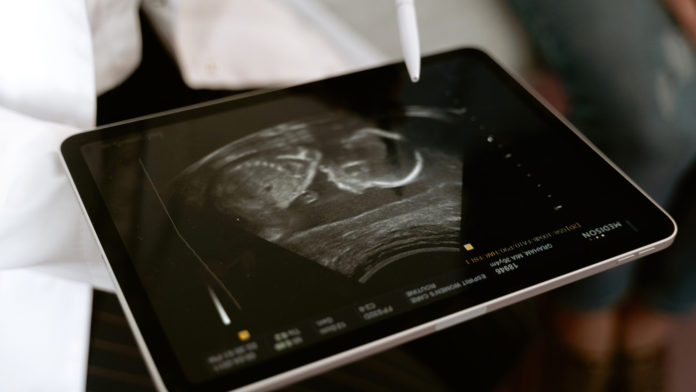Cell biologist Meghan Riddell studies a temporary organ that no human alive would be here without.
“It’s the most important organ you no longer have and it really does determine the life trajectory for health,” said Riddell, assistant professor of obstetrics and gynecology at the University of Alberta, in a press release.
She’s talking about the placenta: an extraordinary organ that we know very little about. After implantation, every human’s first months of existence relies on the placenta to bring in oxygen and nutrients, remove waste, maintain water balance, and somehow prevent the parent’s immune system from rejecting the growing fetus as foreign matter. It detaches at birth, but the health of the placenta has a lifelong impact on the health of both parent and child.
An incredible fact about the placenta is that its entire surface is covered by just one giant cell. Called the syncytiotrophoblast, it’s a cell that forms from the fusion of many smaller cells. By the end of pregnancy, this cell’s surface area can be as large as 12 square meters. There is no other human cell like it.
Compared to a single layer of many cells, the syncytiotrophoblast creates a continuous membrane-bound barrier has no gaps. This likely plays an important role in shielding the fetus from the parent’s immune system.
If the placenta doesn’t form properly it can trigger a miscarriage. It can also cause complications like pre-eclampsia, which can be life-threatening for both parent and child, or intrauterine growth restriction, which can severely restrict fetal growth. Riddell wants to identify the causes of abnormal development so she can target them with early diagnostic tools and medical treatments.
This starts with a better understanding of how a healthy placenta develops, and she is working on protocols to grow a placenta in a dish in the lab. Early on, the biggest stumbling block in the field was that these lab-grown placentas grew inside out, with the syncytiotrophoblast stuck in the centre.
With funding from the Stollery Children’s Hospital Foundation and the Alberta Women’s Health Foundation, Riddell has been working to grow placentas right-side out. She is now in the final stages of validating placentas grown with her lab’s new protocols, making sure they represent the structure of actual human placentas down to a molecular level.
We know that babies born from complicated pregnancies are at increased risk of cardiovascular disease and other medical conditions. Their parents can also experience negative health impacts long after giving birth. As the interface between parent and child, the placenta plays a big role in these outcomes.
Every human alive once depended on a placenta. From enhanced routine pre-natal care to more targeted medical interventions, having the tools needed to study this critical organ has the potential to improve health for everyone.





































